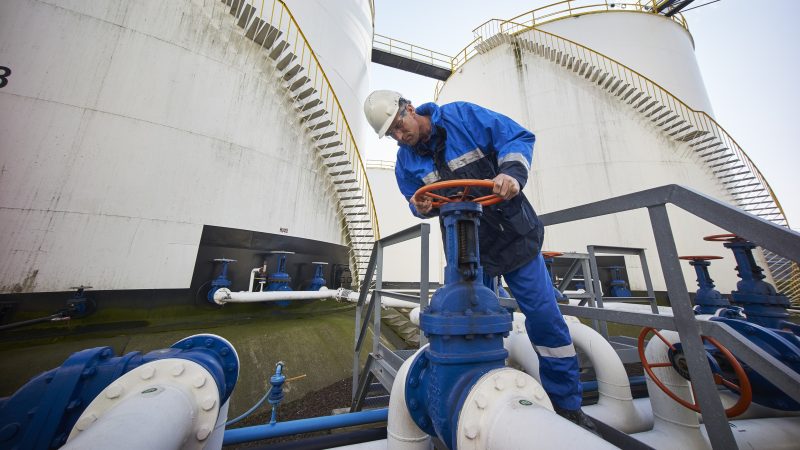What will fuel the rally of the euro?
The euro has rallied quite significantly against the US dollar over the past two months. Some might argue that it has been cooking on gas, both metaphorically and perhaps even actually as tensions surrounding gas supply and gas prices have eased significantly.

The European Commission has proposed a gas price cap, but at EUR275 MWh the cap is so far above current levels that there’s concerns that it will not be used.
>> Better prospects for the euro
While there’s been a range of factors that seem to have been driving the euro this year, the significance of developments in energy markets cannot be overstated. If we think in terms of gas prices in Europe, the key Dutch benchmark started the year in the EUR70 MWh region while euro/dollar was trading around 1.13. But once Russia moved into Ukraine and gas supplies were disrupted, prices rose to nearly EUR350 MWh, and euro/dollar fell to a low of near 0.95 in September.
However since then, gas prices have fallen back to a low of around EUR100 MWh and the euro has been able to clamber back up to near 1.05. At the same time, data on gas storage has shown that developments have been quite encouraging as winter has approached; or at least much better than feared when the conflict began and gas supplies were initially disrupted.
Current storage levels are at least on a par with what we’ve seen in recent years with storage sites close to 94% full. Europe’s efforts in securing supplies from outside of Russia has clearly helped along with evidence that gas demand has fallen thanks to many factors such as higher prices, government pressure and, so far, relatively mild weather.
Should this more comfortable situation persist through the winter – which is a big ‘if’ – it could help to ease fears about the depth of the looming economic downturn as well as raise hopes that the fall in inflation could be a little faster than the ECB and the markets might be anticipating. There may already be signs that euro bulls are jumping on this scenario.
Not only have we seen the euro rise against the dollar, but it is notable that speculative accounts in the market have increased their net long euro/dollar positions considerably. Data from the CFTC shows that net long euro positions are now up to 123k contracts, or some USD14.5bn which is the highest since February and a very sharp turnaround from the near 50k euro short position that we were seeing around the end of August.
Now we don’t doubt that other factors have been at play as well. The US dollar has succumbed across the board and the euro has not necessarily rallied against other currencies that benefit significantly from lower energy prices, such as the yen. Nonetheless, Mr. Steve Barrow, Head of Standard Bank G10 Strategy thinks that the gas price and storage situation has had a role to play and could have an even more important role as we move through the winter period. Weather forecasts are starting to suggest that Europe will hit a very cold spell in coming weeks and it will be interesting to see then whether gas consumption remains much lower than usual, whether storage levels come down particularly quickly and, of course, whether natural gas prices shoot back up.
>> Eurozone faces risk of stagflation
On prices, the European Commission has proposed a gas price cap, but at EUR275 MWh the cap is so far above current levels that there’s concerns that it will not be used. In fact, the cap only becomes effective if prices stay above this level for two weeks and the gap between this price and LNG stays above EUR58 for 10 trading days. This implies that it would not have even come into effect during the height of the crisis in the summer when prices rose close to EUR350 MWh.
“The bottom line is that euro bulls are still taking something of a risk if they pin their hopes on a continuation of the better news that we’ve seen recently on gas prices. But we dare say that many will be prepared to take this risk given that even if support from lower gas prices dissipates over the winter, there could be other sources of support for the euro, such as a winding down of Fed tightening. This leaves us feeling that even if the euro slips back, should gas prices surge, the downside will still be limit ed, probably to the 95-cent level against the dollar. To anticipate a deeper slide in the euro, off the back of gas price developments, would probably require a whole new level of gas price/supply crisis in Europe”, said Mr. Steve Barrow.








